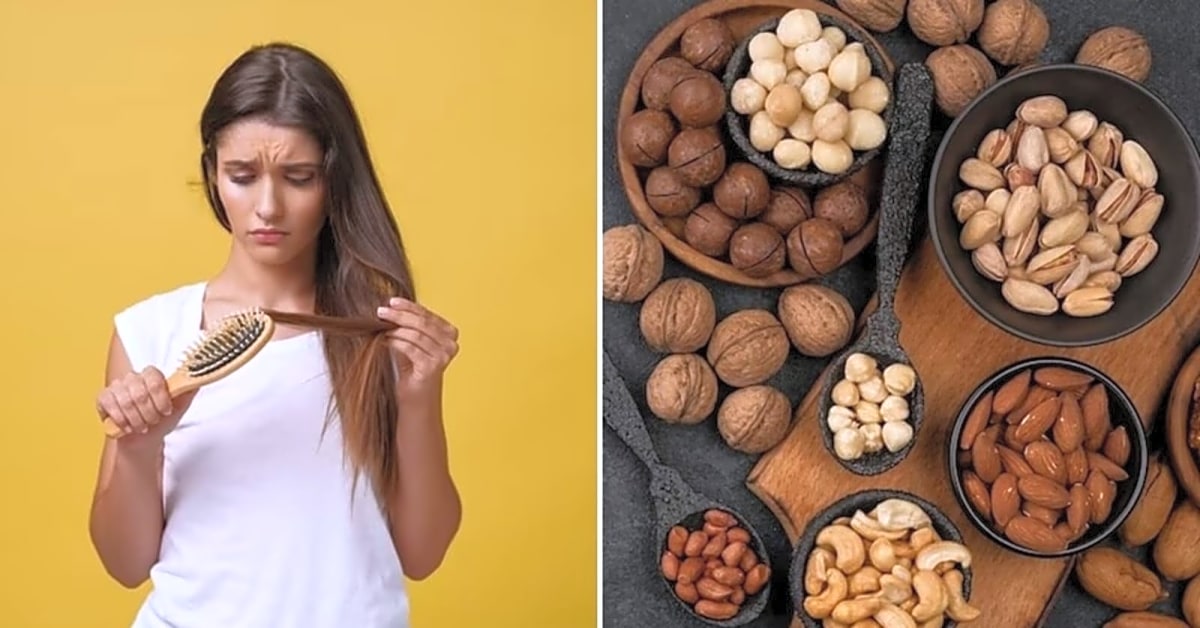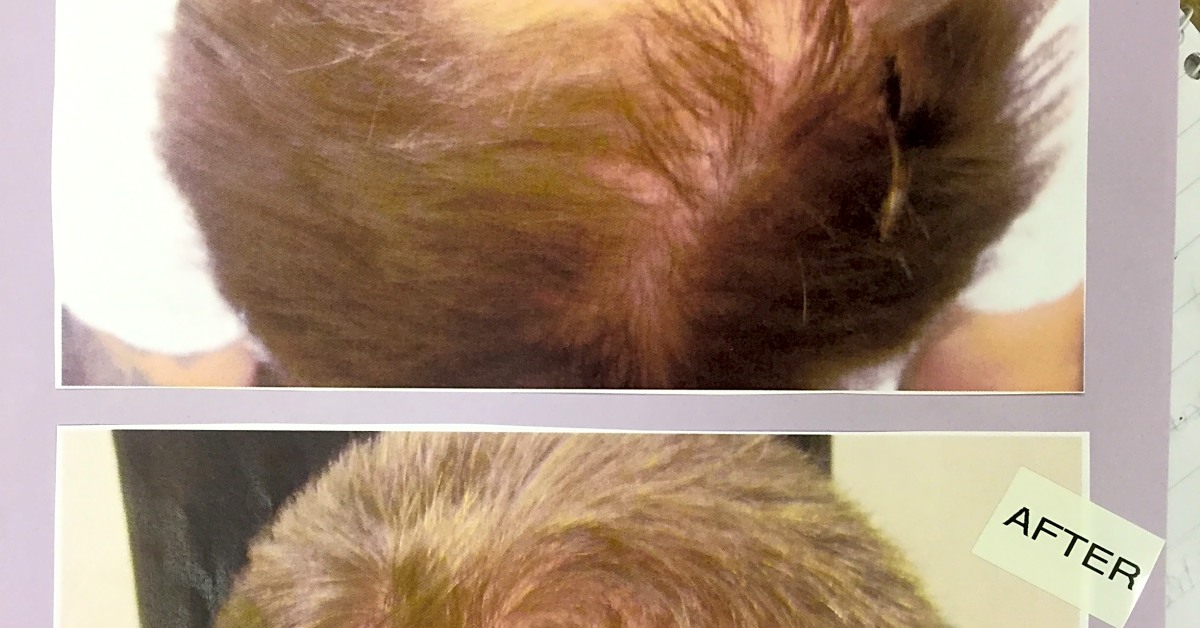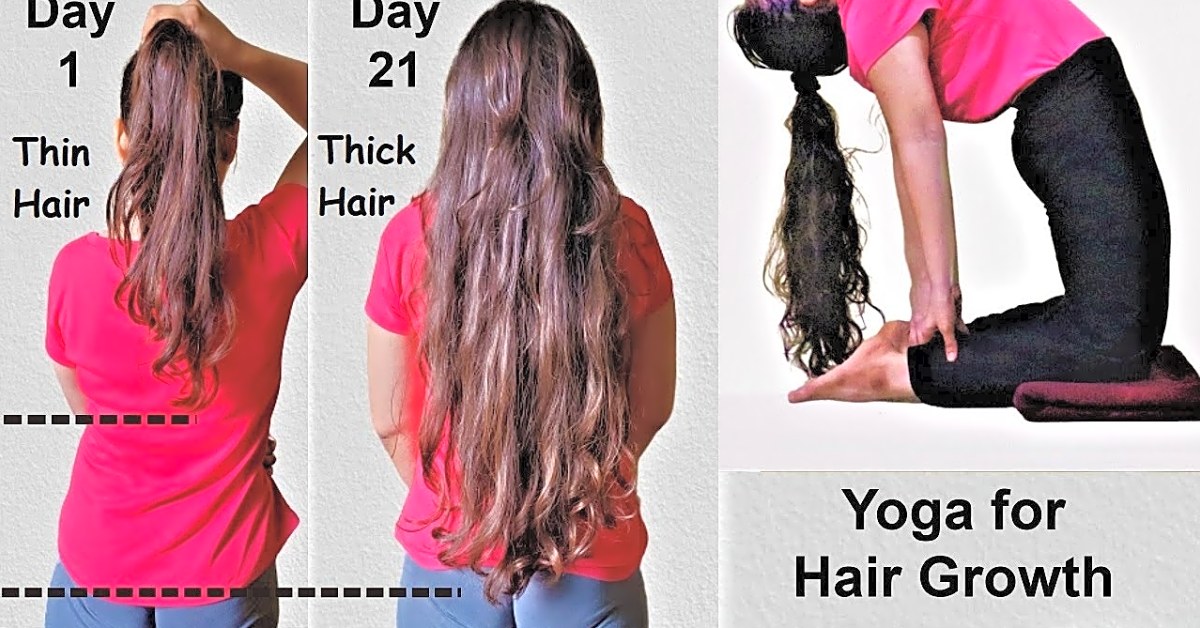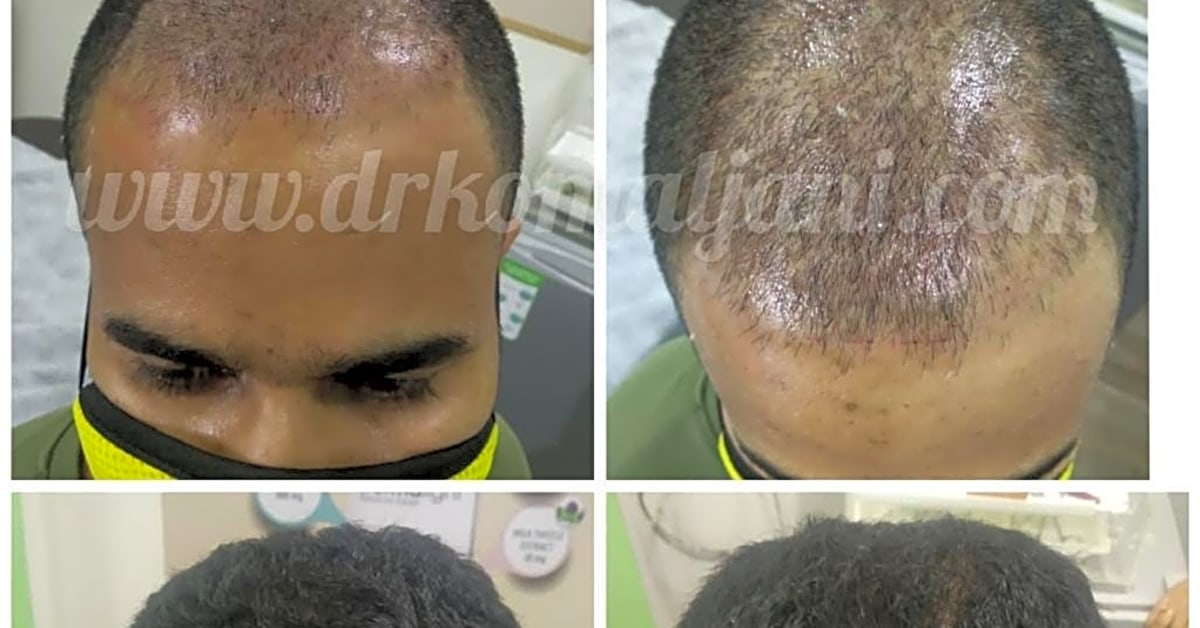Welcome to our article on how to control thick hair! If you have naturally thick hair, you know that it can be both a blessing and a curse. On one hand, you have a lot of volume and texture to work with, but on the other hand, it can be difficult to manage and style. But fear not, we have got you covered. In this article, we will discuss various tips and tricks on how to control thick hair and make it more manageable. Whether you want to tame your wild mane or add some definition to your locks, we have something for everyone. So sit back, relax, and get ready to learn how to take control of your thick hair!
Firstly, it’s important to understand that thick hair requires different care than other hair types. While some people may envy your full head of hair, thick hair can be prone to frizz, tangles, and overall unruliness. Therefore, it’s important to use the right products and develop a good hair care routine to keep your hair in check.
To start, let’s discuss some of the main concerns that people with thick hair may face. One common issue is frizz, which can be caused by humidity or lack of moisture. To combat frizz, it’s important to use a good moisturizing shampoo and conditioner. Look for products that contain ingredients like argan oil or coconut oil, which can help to tame frizz and add shine to your hair.
Another concern for those with thick hair is tangles. Thick hair is more prone to tangling due to its density and texture. To prevent tangles, use a wide-toothed comb or detangling brush while your hair is wet. This will help to gently remove any knots without causing damage.
For men with curly or black hair, it’s important to understand the unique needs of these hair types. Curly hair tends to be drier and more prone to frizz, so using a deep conditioning treatment once a week can help to keep it moisturized and defined. Black hair may also require more moisture, and it’s important to use products specifically designed for this hair type.
If you’re dealing with dandruff or an oily scalp, there are a few tips that can help. First, make sure to wash your hair regularly with a mild shampoo. You may also want to try using a dandruff shampoo or scalp treatment to target these specific concerns. Just be sure not to over-wash your hair, as this can strip it of its natural oils and lead to dryness.
Now that we’ve covered some general tips for controlling thick hair, let’s discuss the best products and routines to use. When it comes to shampoo and conditioner, look for products that are specifically formulated for thick hair. These will often contain ingredients like keratin or biotin, which can help to strengthen and nourish your hair.
In terms of styling products, opt for lightweight options that won’t weigh your hair down. A volumizing mousse or lightweight gel can help to add body and control to your hair without making it look greasy or flat. It’s also important to use a heat protectant before using any heat styling tools, as thick hair can be more prone to damage.
As for your hair care routine, try not to wash your hair every day. This can strip your hair of its natural oils and lead to dryness. Instead, aim for every other day or every two days. On days when you don’t wash your hair, use a dry shampoo to absorb any excess oil and refresh your hair.
To summarize, controlling thick hair requires a good hair care routine, the right products, and an understanding of your hair type and any specific concerns. With the tips and techniques outlined in this article, you can keep your thick hair looking its best and under control.
Styling Tips
When it comes to styling thick hair, it’s important to use lightweight products. Thick hair can easily become weighed down and look greasy with heavy styling products. Opt for mousses, gels, or sprays that are specifically designed for thick hair and provide hold without adding too much weight.
Additionally, if you’re using any heat tools on your hair, always make sure to use a heat protectant beforehand. Thick hair can be more prone to damage from heat, so it’s important to protect it as much as possible. Look for heat protectants that also offer added moisture and nourishment to keep your hair healthy and strong.
Preventing Tangles
One of the biggest challenges of having thick hair is dealing with tangles. These knots can be painful and difficult to remove, and can also cause damage to your hair if not handled properly. To prevent tangles, it’s important to use the right tools and techniques.
Avoid using a fine-toothed comb or brush, as these can easily get caught in your hair and create more knots. Instead, opt for a wide-toothed comb or detangling brush. These tools are designed specifically for thick hair and will help gently remove knots without causing damage.
When brushing your hair, start from the bottom and work your way up. This will prevent any tangles from getting worse and causing unnecessary pain. Be gentle and patient when removing knots, as pulling too hard can result in breakage or damage to your hair.
Developing a Hair Care Routine
Having a consistent hair care routine is crucial for managing thick hair. One of the biggest mistakes people make when it comes to thick hair is over-washing it. This can strip the hair of its natural oils, leading to dryness and damage. Instead, aim to wash your hair every 2-3 days.
On days when you don’t wash your hair, using a dry shampoo can help absorb excess oil and refresh your hair. Look for dry shampoos specifically designed for thick hair, as they will be more effective in controlling oil and adding volume.
Tips for Curly and Black Hair
Curly and black hair can be particularly challenging to manage due to its unique texture and structure. It requires special care and attention to keep it healthy and looking its best.
One important tip for managing curly and black hair is to understand its unique needs. This includes using products specifically designed for these hair types. Look for products that are labeled as being suitable for curly or black hair, as they will be formulated to provide the necessary moisture and nourishment.
In addition to using the right products, it’s also important to avoid using heat tools and harsh chemicals on curly and black hair. These can cause damage and lead to dryness and breakage. Instead, opt for more natural styling methods such as air drying or using a diffuser on a low heat setting.
Finally, it’s important to regularly deep condition your curly or black hair to keep it hydrated and healthy. This will help to prevent frizz, improve manageability, and enhance the natural curl pattern.
Dealing with Dandruff or Oily Scalp
If you have thick hair, chances are you’ve also experienced dandruff or an oily scalp at some point. These conditions can be frustrating and make it even more challenging to manage your hair. But don’t worry, there are solutions that can help.
The first step in dealing with dandruff or oily scalp is to wash your hair regularly with a mild shampoo. This will help remove any excess oil or buildup on your scalp. Additionally, consider using a dandruff treatment or scalp treatment specifically targeted towards these concerns.
These treatments can help balance the pH levels of your scalp and reduce flakiness and irritation. Look for ingredients like salicylic acid, tea tree oil, or ketoconazole in your products, as they are known to combat dandruff and oily scalp.
Remember to always follow the instructions on the product label and avoid over-washing your hair, as this can strip your scalp of its natural oils and worsen the issue. With consistent use, you should start to see improvements in your dandruff or oily scalp.
Taming Frizz
One of the biggest challenges for those with thick hair is dealing with frizz. Whether it’s caused by humidity or lack of moisture, frizz can be a frustrating and difficult problem to tackle.
To combat frizz, it’s important to use moisturizing products in your hair care routine. Look for shampoos and conditioners that specifically target frizzy hair, as well as leave-in treatments and serums that can help tame flyaways. These products will help to add moisture to your hair, making it less prone to frizzing.
Another tip for taming frizz is to avoid using heat styling tools too often, as they can dry out your hair and contribute to frizz. Instead, opt for air-drying your hair or using heat-protectant products before using hot tools.
It’s also important to note that different hair types may require different products and techniques to combat frizz. For example, those with curly or black hair may benefit from using a diffuser when blow-drying their hair, while those with oily scalps may need to use a clarifying shampoo to remove excess oil buildup.
By incorporating moisturizing products into your hair care routine and finding the right techniques for your specific hair type, you can effectively tame frizz and keep your thick hair looking smooth and polished.
Choosing the Right Products
use HTML structure with keratin or biotin only for main keywords and
When it comes to controlling thick hair, choosing the right products is crucial. Look for products that are specifically formulated for thick hair, as they will have the necessary ingredients to help manage your hair. Some key ingredients to look out for are keratin and biotin, which can help strengthen and nourish your hair.
These ingredients can be found in shampoos, conditioners, and other hair products. You can also look for products that specifically mention being suitable for thick hair on their labels.
Using the right products can make a huge difference in managing your thick hair, so take the time to find the ones that work best for you.
do not use “newline characterTaming frizz, preventing tangles, and controlling thick hair can be challenging, but with the right knowledge and techniques, you can keep your hair looking healthy and defined. Remember to be patient and experiment with different products and routines to find what works best for your hair. By understanding your hair type and using the right products, you can achieve the best results. With these tips, you’ll have thick hair that you can be proud of.







